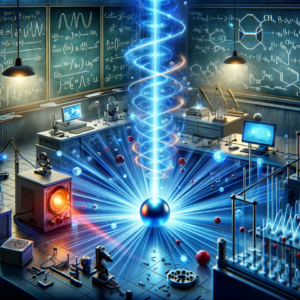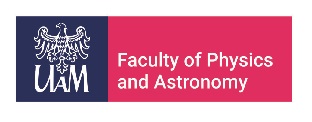27.6.2024
Shining light on Spintronics: from optical detection of the spin torque driven Skyrmion resonance in Fe3Sn2 to unlocking an elementary interaction between light and magnetism using insights from quantum optics Prof. Amir Capua, The Hebrew University of Jerusalem
Date, Time
27.06, 15:00 - 16:00
Location
Link to MS Teams
The ferromagnetic resonance (FMR) experiment is pivotal for developing Spintronics technology. It occurs on Gigahertz timescales due the relatively slow relaxation time of the spins in ferromagnets. In contrast, optical fields oscillate much faster, at ∼ 400 − 800 THz. Therefore, it seems unlikely that such fast-oscillating fields may interact with magnetic moments. In this talk, I will present a new technique for studying the skyrmion ferromagnetic resonance (FMR) in a bulk Fe3Sn2 crystal where the dynamical response is excited by an AC spin-torque in a fashion that is reminiscent of the spin-torque FMR experiment. I will then show that by combining principles from quantum optics, the equations governing the FMR experiment are even relevant to magnetic fields that oscillate at much faster optical frequencies. Namely, the interaction between optical beams and the magnetization is made possible. We find that the strength of the interaction is determined by an elementary efficiency parameter h = α γ H/fopt where H is the amplitude of the optical magnetic field, α is the dissipation rate of spin angular momentum to the lattice, and fopt and γ are the optical frequency and gyromagnetic ratio. Our results can explain a variety of highly debated experimental observations on the interactions between optical fields and ferromagnets that have been reported in the last 25 years >>>.


